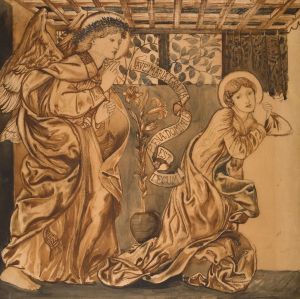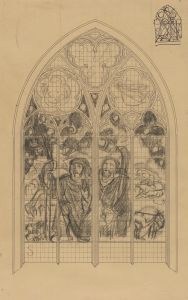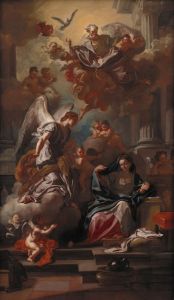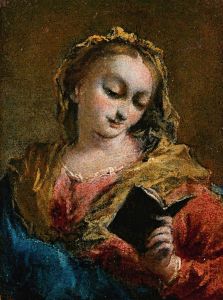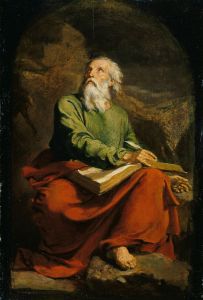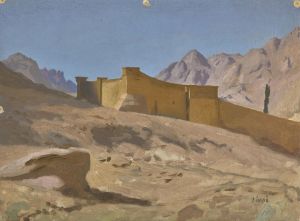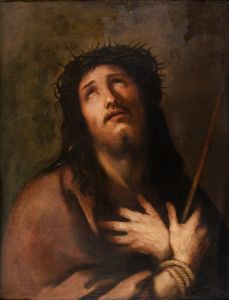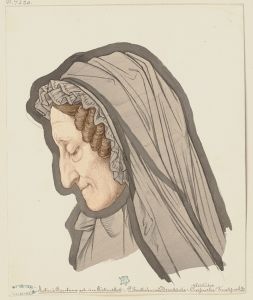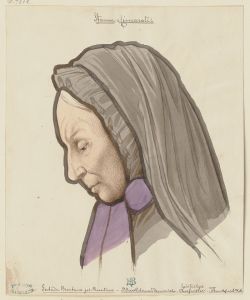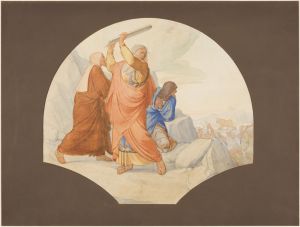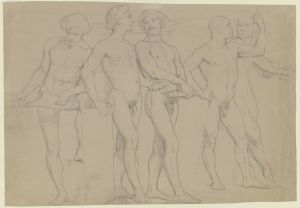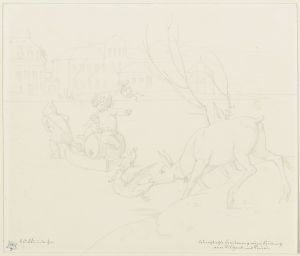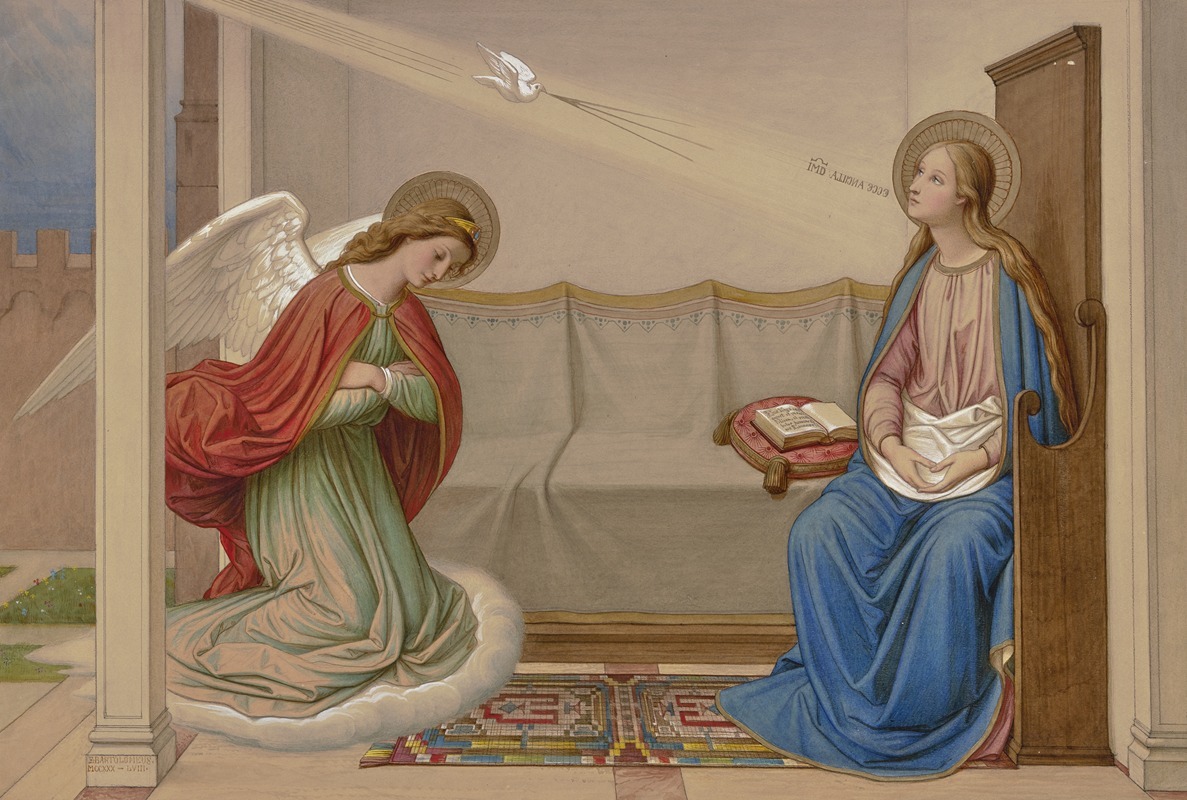
The Annunciation
A hand-painted replica of Eduard von Steinle’s masterpiece The Annunciation, meticulously crafted by professional artists to capture the true essence of the original. Each piece is created with museum-quality canvas and rare mineral pigments, carefully painted by experienced artists with delicate brushstrokes and rich, layered colors to perfectly recreate the texture of the original artwork. Unlike machine-printed reproductions, this hand-painted version brings the painting to life, infused with the artist’s emotions and skill in every stroke. Whether for personal collection or home decoration, it instantly elevates the artistic atmosphere of any space.
Eduard von Steinle's painting "The Annunciation" is a notable work of religious art created in the 19th century. Eduard von Steinle, born on July 2, 1810, in Vienna, Austria, was a prominent painter associated with the Nazarene movement, which sought to revive honesty and spirituality in Christian art. Steinle's works are characterized by their detailed execution and deep religious sentiment.
"The Annunciation" depicts the biblical scene in which the Archangel Gabriel announces to the Virgin Mary that she will conceive and become the mother of Jesus, the Son of God. This event is a cornerstone of Christian theology and has been a popular subject in Christian art for centuries. Steinle's interpretation of this moment is both reverent and intimate, capturing the profound spiritual significance of the encounter.
In the painting, the Archangel Gabriel is typically portrayed with a serene and gentle demeanor, often holding a lily, which symbolizes purity. The Virgin Mary is depicted in a humble and contemplative pose, reflecting her acceptance and submission to God's will. The setting is usually simple, emphasizing the sacredness of the moment rather than the grandeur of the surroundings.
Steinle's style in "The Annunciation" is marked by his meticulous attention to detail and his ability to convey deep emotion through his subjects' expressions and body language. The use of light and color in the painting enhances the ethereal quality of the scene, with soft, glowing hues that create a sense of divine presence.
Eduard von Steinle was a significant figure in the Nazarene movement, which originated in the early 19th century among a group of German and Austrian artists who sought to return to the spiritual and artistic values of the Middle Ages and the early Renaissance. The Nazarenes were known for their detailed and symbolic approach to religious subjects, and Steinle's work is a prime example of this aesthetic.
Throughout his career, Steinle produced numerous religious paintings, frescoes, and illustrations, many of which can be found in churches and public buildings across Europe. His contributions to religious art were widely recognized during his lifetime, and he was a respected teacher and mentor to many younger artists.
"The Annunciation" by Eduard von Steinle remains an important work within the context of 19th-century religious art. It exemplifies the artist's commitment to depicting sacred themes with sincerity and devotion, qualities that have ensured the enduring appeal of his work. Steinle passed away on September 19, 1886, in Frankfurt am Main, Germany, leaving behind a legacy of deeply spiritual and beautifully crafted artworks.
In summary, Eduard von Steinle's "The Annunciation" is a masterful representation of a pivotal moment in Christian theology, rendered with the artist's characteristic attention to detail and emotional depth. It stands as a testament to Steinle's skill and his dedication to the principles of the Nazarene movement.





